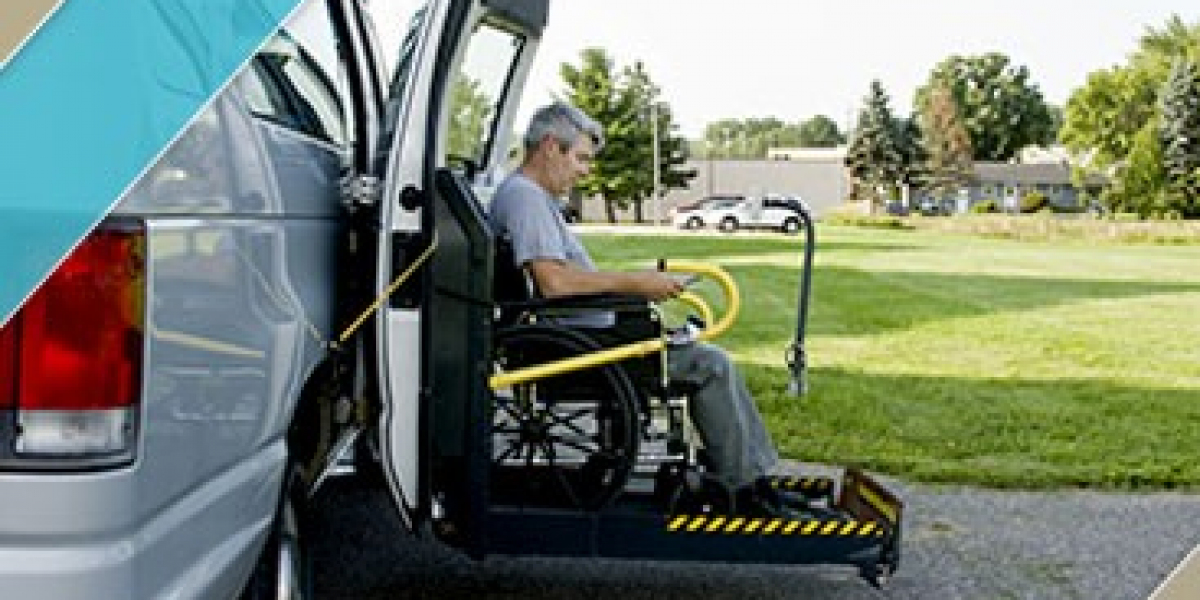Mobility Assistance Transport refers to specialized transportation services designed to help individuals with mobility impairments travel safely and comfortably. This type of service is essential for people who have difficulty using standard public transportation due to physical disabilities, injuries, or age-related conditions. Mobility assistance transport services ensure that those with mobility challenges can access healthcare appointments, social events, work, and other essential destinations.
Whether someone uses a wheelchair, walker, or other mobility devices, mobility assistance transport is a critical part of fostering independence and improving quality of life. This article explores the various aspects of mobility assistance transport, its benefits, types of services available, and how individuals can access these services.
What is Mobility Assistance Transport?
Mobility assistance transport refers to transportation services that cater specifically to individuals with mobility challenges. These services are equipped with features such as wheelchair ramps, lifts, and securement systems to safely accommodate mobility devices. The goal of mobility assistance transport is to provide individuals with the freedom to travel comfortably and independently, whether for medical, personal, or professional reasons.
Unlike standard taxis, ridesharing services, or public transit, mobility assistance transport is tailored to meet the needs of those who require extra support, making it easier for them to navigate their community and access essential services.
Types of Mobility Assistance Transport
Wheelchair-Accessible Vehicles (WAVs) Wheelchair-accessible vehicles are specially designed cars, vans, or buses that can safely transport individuals in wheelchairs. These vehicles come with ramps or lifts that allow passengers to board without having to leave their mobility device. Once inside, the wheelchair is secured in place using straps or other securement devices to ensure passenger safety during travel.
Non-Emergency Medical Transportation (NEMT) Non-emergency medical transportation (NEMT) services are designed to help individuals with medical conditions or mobility impairments travel to and from healthcare appointments. These services are typically provided by insurance companies, including Medicaid and Medicare, for eligible patients who require assistance getting to medical appointments but do not need emergency medical care during transport. NEMT vehicles are equipped to handle wheelchairs, stretchers, or other medical equipment, making them an ideal choice for individuals needing consistent access to healthcare services.
Ambulatory Transport Services Ambulatory transport services are designed for individuals who can walk but may need additional support, such as a cane, walker, or prosthesis. These vehicles may have low floors, wide doors, and other features that make it easier for individuals to enter and exit the vehicle. Ambulatory transport can be a good option for people who need assistance but do not require a wheelchair.
Accessible Taxis and Ridesharing Many taxi services and rideshare companies now offer wheelchair-accessible vehicles upon request. These accessible taxis and rideshare options are equipped with ramps or lifts and can accommodate passengers using mobility devices. Passengers typically book these vehicles in advance or through an app, similar to how one would request a regular taxi or rideshare vehicle.
Public Transit Paratransit Services Many cities offer paratransit services through local public transit systems. Paratransit services provide door-to-door transport for individuals with disabilities who cannot use regular public transportation. These services typically include accessible vehicles and are available by reservation. Paratransit services are designed to offer greater flexibility and independence for people with mobility impairments.
Private Transport Services Some private companies specialize in providing mobility assistance transport. These services often cater to people with specific needs, offering a more personalized experience. These private services may provide door-to-door assistance and help with loading and unloading mobility devices, ensuring a smoother and more supportive experience.
Benefits of Mobility Assistance Transport
Improved Independence Mobility assistance transport allows individuals with physical disabilities or impairments to travel independently. By providing access to accessible vehicles and services, these transportation options reduce the need for family members or caregivers to provide transport, empowering individuals to live more autonomously.
Access to Healthcare For individuals with mobility challenges, transportation can be a significant barrier to accessing healthcare services. Mobility assistance transport ensures that patients can attend medical appointments, physical therapy, and other health-related services without worry. Regular access to healthcare is vital for managing chronic conditions and promoting overall health.
Social Engagement Mobility assistance transport also enables individuals to maintain social connections and participate in community activities. Whether attending family gatherings, social events, or outings, these services help people with mobility impairments engage with their communities and improve their mental and emotional well-being.
Safety and Comfort Mobility assistance transport is designed with the safety and comfort of passengers in mind. Vehicles are equipped with securement systems to keep mobility devices in place, ramps and lifts for easy boarding, and ample space for passengers to travel in comfort. This ensures that passengers can travel without fear of injury or discomfort.
Reduced Reliance on Others With mobility assistance transport, individuals can reduce their reliance on family members or friends for transportation. This gives individuals more control over their travel plans and reduces the burden on caregivers, allowing them to focus on other aspects of caregiving.
Increased Access to Work and Education Mobility assistance transport ensures that individuals with disabilities can get to work or school, promoting employment and educational opportunities. This support helps individuals with mobility impairments maintain their professional and educational aspirations.
How to Access Mobility Assistance Transport
Check with Your Insurance Provider Many insurance programs, especially Medicaid and Medicare, offer coverage for non-emergency medical transportation (NEMT) services. If you are eligible, your insurance provider can help you arrange transportation for medical appointments, including physical therapy, doctor visits, or other essential healthcare services.
Contact Local Paratransit Services Many cities provide paratransit services through local public transportation systems. Contact your local transit authority to find out about eligibility, scheduling procedures, and fees for paratransit services.
Private Transportation Companies If public services are unavailable or insufficient, private transportation companies offer specialized mobility assistance services. Research local transportation providers that offer wheelchair-accessible vehicles, ambulatory transport, or other mobility services tailored to your needs.
Ridesharing Apps Major ridesharing services, such as Uber and Lyft, now offer wheelchair-accessible vehicles in select areas. These services allow users to request a ride through an app, making it easy to find accessible transport when needed.
Physical Therapy Clinics and Hospitals Some healthcare providers, including physical therapy clinics and hospitals, offer transportation services for their patients. If you need to travel to medical appointments, inquire with your provider about available transport options.
Challenges in Mobility Assistance Transport
Availability and Access In some areas, especially rural or underserved regions, access to mobility assistance transport services can be limited. This lack of availability can make it difficult for individuals to find transportation when they need it.
Cost The cost of mobility assistance transport can be a barrier, particularly for individuals who do not have insurance coverage for transportation services. Private services may be expensive, and public transportation options may have limited hours or routes.
Scheduling and Wait Times Depending on demand and availability, scheduling mobility assistance transport services may involve long wait times, especially in busy urban areas or during peak hours. This can cause inconvenience for individuals with time-sensitive appointments.
Vehicle Availability Not all transport services are equipped to handle the specific needs of every passenger. Some vehicles may not be large enough to accommodate certain mobility devices or may not have the appropriate securement features.
Conclusion
Mobility assistance transport is a vital service that enables individuals with physical disabilities, chronic conditions, or other mobility impairments to maintain their independence and access essential services. Whether through specialized vehicles, NEMT services, or paratransit programs, these transport options ensure that individuals with mobility challenges can travel safely, comfortably, and independently. By providing access to healthcare, social events, work, and more, mobility assistance transport helps improve quality of life and ensures that individuals can fully participate in their communities.









